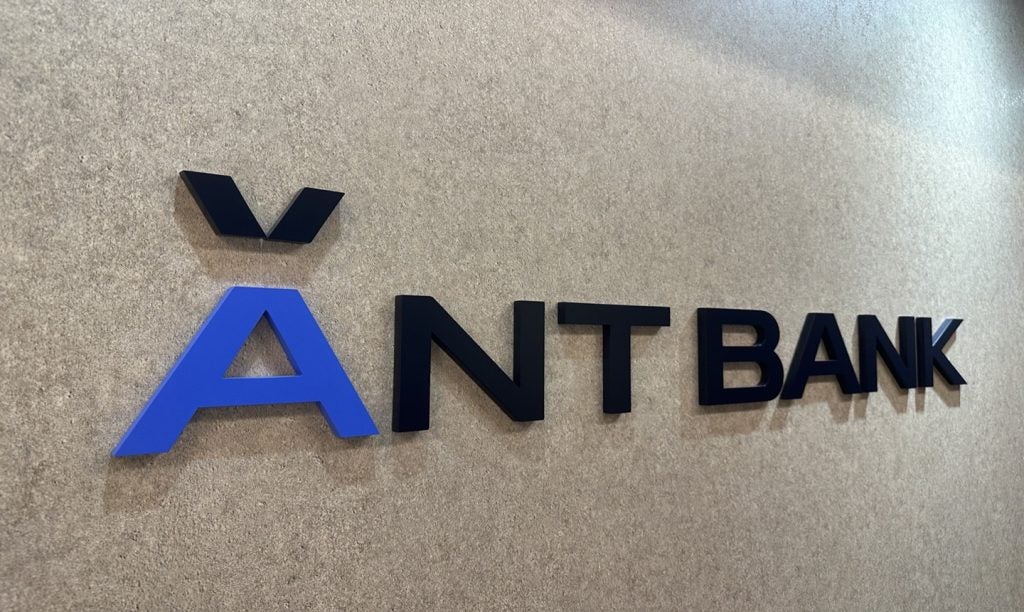Understand the impact of the Ukraine conflict from a cross-sector perspective with the Global Data Executive Briefing: Ukraine Conflict
Russia’s banking system is facing a severe liquidity crisis following the sanctions imposed by the US and its allies after Russia launched a military offensive against Ukraine.
The Central Bank of Russia has revealed that the liquidity shortage in the country’s banking system has surged to RUB6.9 trillion ($68.25bn) on 2 March 2022 from RUB5.4 trillion.
Earlier this week, Russia’s central bank infused $70bn in the banking system through two repo auctions to boost liquidity, Reuters reported.
It plans to infuse another $51.27bn into the banking system via repo and deposit auctions.
As a result of the economic sanctions imposed by the West, the ruble fell to a record low of 110 to the dollar in Moscow.

US Tariffs are shifting - will you react or anticipate?
Don’t let policy changes catch you off guard. Stay proactive with real-time data and expert analysis.
By GlobalDataThe impact of the crisis can be seen across the global markets and has forced people to rush to ATMs for cash. As of 2 March 2022, Russian lenders owe the central bank about RUB9.6 trillion, the bank said.
To counter the sanctions, the Russian central bank has decided to cut lenders’ reserve requirements.
The move, which will see the central bank slash the banks’ mandatory reserves by RUB2.7 trillion ($26.19 billion), is aimed at allowing them to release more funds to customers and businesses.
Earlier this week, the Bank of Russia more than doubled the key interest rate to 20% per annum from 9.5%.
The sanctions have pushed the ruble exchange rate and limited Russia’s ability to use its gold and foreign currency reserves, Bank of Russia Governor Elvira Nabiullina said at the time.
Meanwhile, the sanctions have forced Sberbank to shutter its European operations and VTB Bank could also meet a similar fate.







